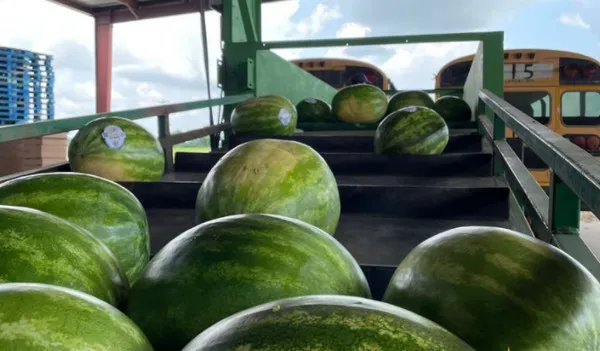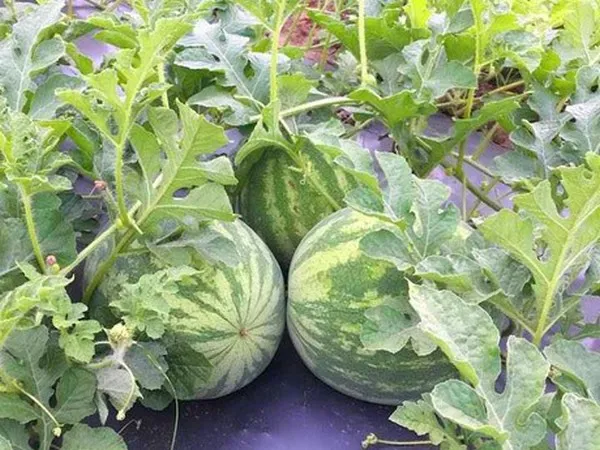Supplies of watermelons across the U.S. are down compared to 2021’s volumes. “In all regions, we’re seeing much more limited availability and record-high prices,” says Mike Martori of Stella Farms.
This comes as the result of a few combined factors--largely a reduction of acreage in some areas and/or poor yields in another. Indiana recently saw more than 20 inches of rain in a 10-day period which led to disease pressure in the fields. “There was flooding and acreage lost so now it’s yield loss and disease pressure,” he says.
Other regions with both reduction in acreage and low yields include Maryland, Delaware, Texas and California. “Missouri and North Carolina are probably doing the best of the major growing regions and they’re just average. In California, it’s not as much an issue with the yield as it is a reduction of acreage this year as a result of poor markets last year,” says Martori.

And while August is generally the weakest month in terms of consumer demand for watermelons thanks to things like vacations taking consumers out of their homes (watermelon tends to not be an ‘on-the-go’ food consumers eat), demand has in fact elevated somewhat recently.
“It’s slightly up because we’re hearing concerns about a recession and retailers are starting to report changes in consumer behavior to where they are not buying as many discretionary items in the grocery store and instead focusing more on what they need,” he says. “That typically favors produce. In recessionary times, we typically see produce sales increase because it’s a way for consumers to save money. Instead of eating out, they’ll eat at home.”
Less travel, more watermelon consumption?
At the same time, perhaps also because of a potential recession, travel also seems to be less which could contribute to greater watermelon consumption.
Altogether, this is leading to record high pricing, particularly in the last 10 days. “The market was disappointing in May and June. If you didn’t adjust for inflation, pricing was probably okay. But factor in all the increased costs and we weren’t getting the pricing we were hoping for,” Martori says, noting that movement in those months was average.

However, in July, Georgia finished up its production early thanks to hot and dry temperatures that also pushed the season to start early too. “Then there was a gap between Georgia and the next major growing regions which are Indiana, Illinois, Maryland and Delaware. That created a shortage and we just never really caught up. It drove the market high and it’s been well above average since mid-July,” he says.
That said, prices may moderate this week and possibly into next. “Following two weeks of rainy weather in Indiana, we’ll probably have one to two weeks where production will pick up,” Martori says, noting the domestic season will likely end earlier than usual. “But when production in Indiana, Delaware and Maryland starts declining, we’ll probably see more record-high pricing in September.”
 For more information:
For more information:
Mike Martori
Stella Farms
Tel: +1 (480) 588-7012
[email protected]
www.stellafarms.com
